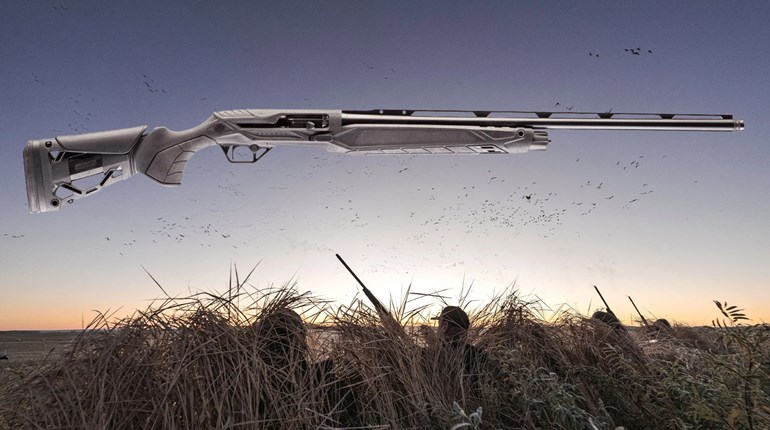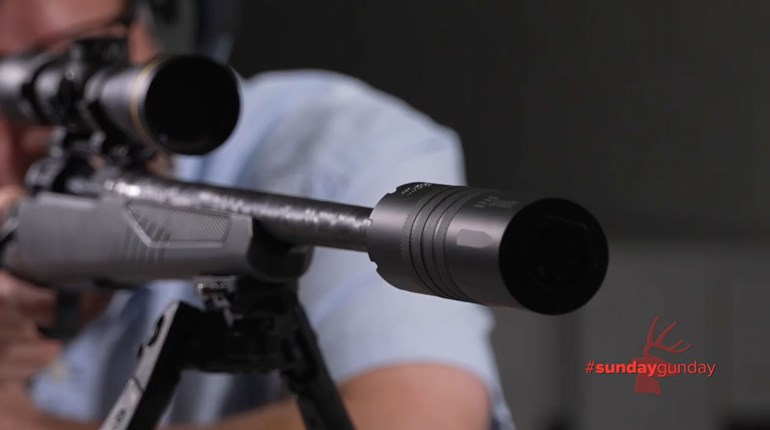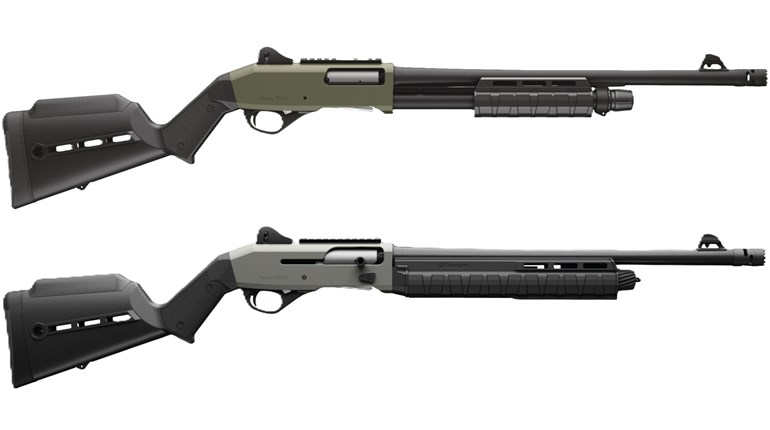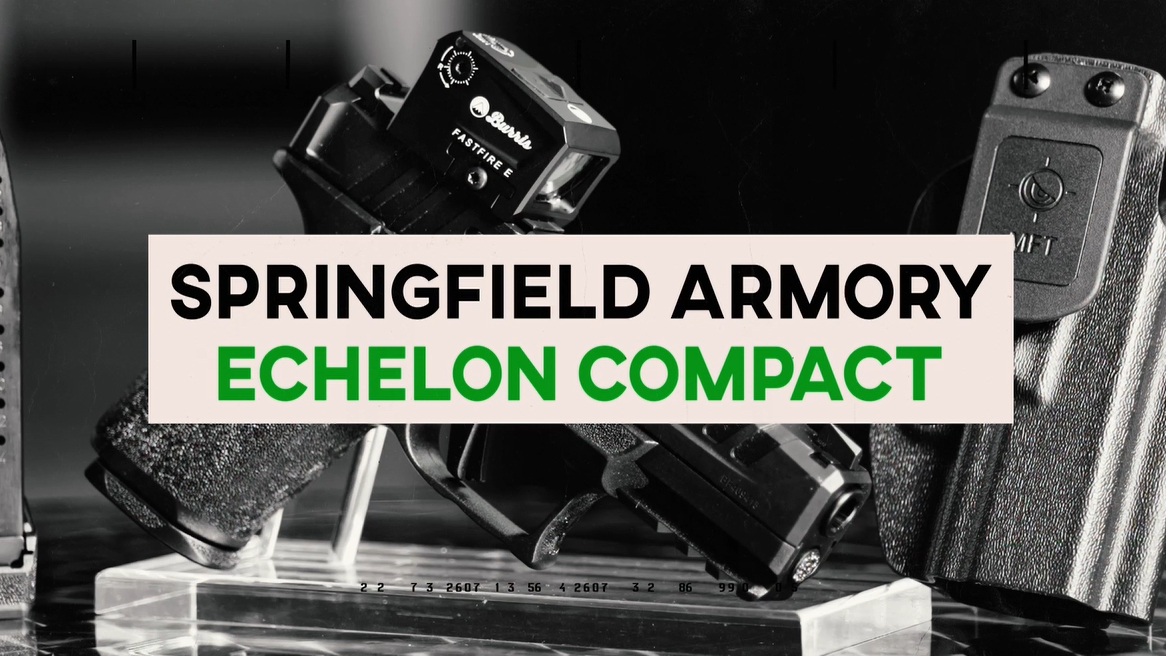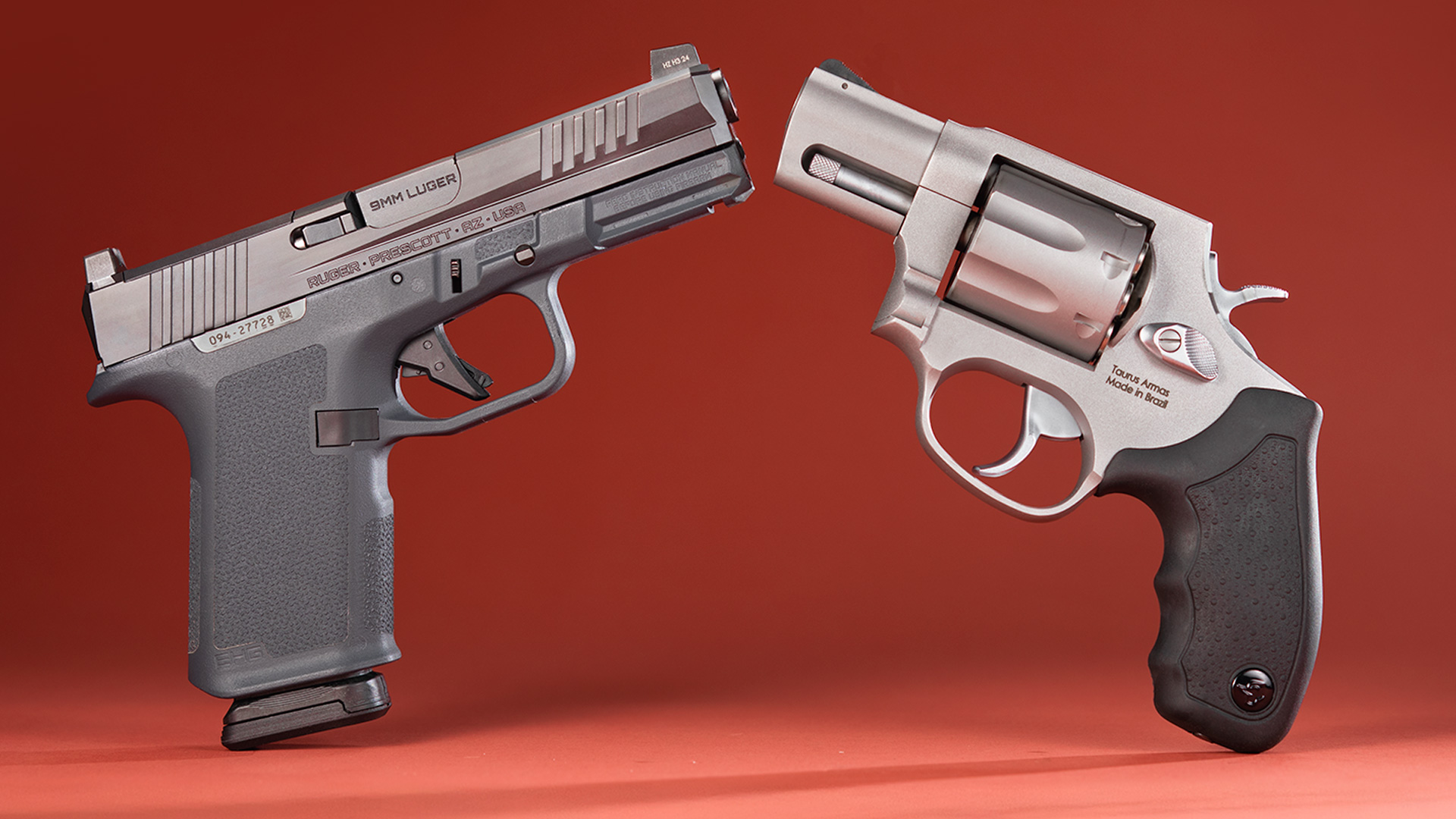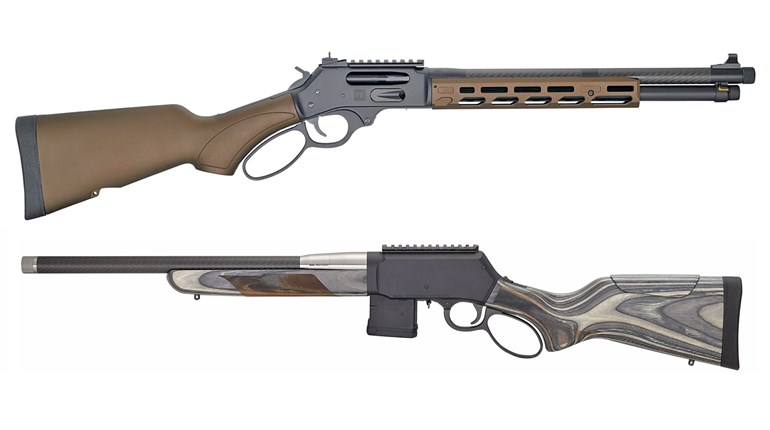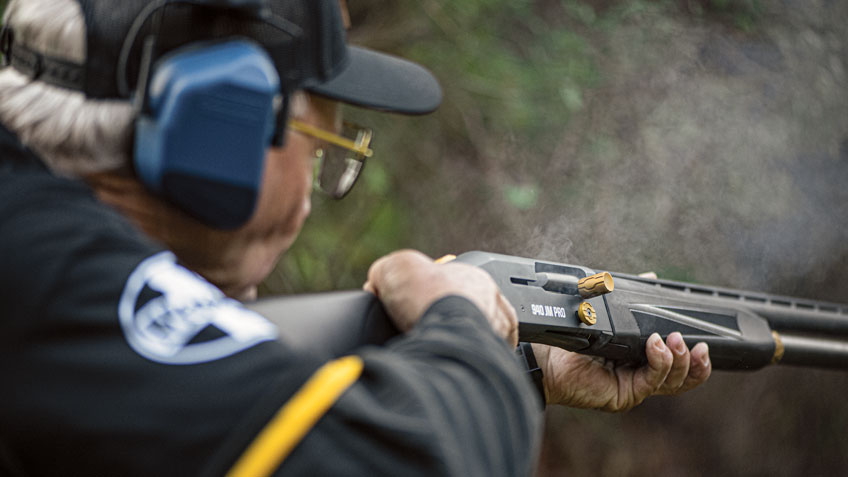
Ask most people—well, most gun people, that is—what comes to mind when they hear the name “Mossberg” and I’d wager that 99 times out of 100 the first thing they’ll say is “shotguns.” There’s a reason for that; the company’s scatterguns are affordable, durable and ubiquitous. From the hunter’s Mossy Oak-covered 500 to the mil-spec 590A1, “Mossberg” and “shotgun” are as integrally linked as chocolate and peanut butter, Rick and Morty or, well, any other well-known combination you can come up with.
It’s probably one of the reasons that world-renowned competitive shooter Jerry Miculek is affiliated with the company, given Miculek’s affinity for things that work well and are reliable. He worked with Mossberg to create the 930 JM Pro series, created of course for competition, which eventually grew into a line comprising competitive, hunting and defense-oriented semi-automatic shotguns. Over the years of competition—and customer feedback from the field—one common refrain on the 930 was that it worked well… until it got dirty. And it got dirty fairly quickly. With some intense engineering and Miculek-driven input, the 940 JM Pro came into its own.
Now, I’ll take a step back. My involvement with the 940 started by accident, really. There was a writers’ event at Gunsite Academy, and another editor was scheduled to attend for Shooting Illustrated. Almost literally at the last minute, a medical emergency forced the other editor to have to cancel, and I found myself with an expedited ticket to Phoenix to join the event. I had heard rumors of a new product—which would be revealed to be the MC2c pistol—so I thought I knew what was coming. Well, I was partially right. After 2 days of training on the new handgun, we switched gears and hit one of the shotgun ranges. While I’ve always appreciated the shotgun as a defensive arm (and Mossberg’s 590 has been my go-to for several decades), my experiences have been limited, and almost exclusively to pump-actions.
Enter Lena Miculek.
Take Jerry’s skill level, but match it with an intensity level turned up to 11, and a zest for life in general comparable only to, well, I don’t even have a reference. Lena Miculek is always in motion. Always. It is blatantly apparent that she not only loves what she’s doing, but is genuinely happy to help out and impart her knowledge. She readily admits that her way works for her; that it might not work for us, but that she’s had a lot of success in competition with the skills she would be imparting.
Over the next 2 days, we learned how to quad-load a shotgun, swap rapidly between targets and generally wring the ever-loving heck out of those poor Mossbergs. I never did quite get the hang of quad loading—I just don’t have the manual dexterity for it, I guess—but with a little practice I was getting pretty good at loading two-at-a-time. (Well, passable. At least no one was laughing at me.) And, most importantly, at no time were there any shotgun-related stoppages or failures. Whatever changes were made, whatever magic dust Jerry Miculek sprinkled on the design plans, whatever widgets and levers the engineers at Mossberg crammed into the 940, they all just worked.

The 940 JM Pro clearly is a competitive-shooting shotgun, designed with events like 3-gun matches in mind. We’re a tactical magazine, so why are we covering it? Well, let’s take a look. The 940 JM Pro has an extended magazine. It has an oversize bolt and concomitant bolt release. Four different spacers can adjust the length-of-pull over 1.25 inches to better fit the shooter. And, most importantly, the redesigned gas system allows greater reliability borne out both at the Gunsite event and in our private testing. All of these things make the 940 JM Pro a great choice for competition. They also make it pretty great for defensive use, too.
Really, about the only thing that makes the 940 less-than-ideal as a home-defense firearm is the overall length. That’s one of those things that you’re either on board with or you’re not—if you’re choosing a shotgun as your home-defense arm, you’ve already made peace with it being longer than a carbine or handgun. Comparing a non-NFA shotgun barrel of 18.1 inches to the JM Pro’s 24 pales when a carbine can have a 16-inch barrel in a shorter action. You’ve made the decision to go with a shotgun; beyond that it’s simply a matter of degrees.

So, why would you want the 940? Well, for starters, having some of the world’s best shooters as fans should be a clue. Miculek—both Jerry and Lena—are clearly not only supporters of the 940, but can run them well. Sure, the shotguns each uses in competition are highly modified, that’s true. However, at the Gunsite event I watched both Jerry and Lena shoot at least a half-dozen different 940s each, with identical results: They all ran fast, and they all ran well. Don’t dismiss the 940s used in competition as merely “race guns”—the whole series functions equally well.
As for the engineering work put into the new model, I’ll let John Raciti, senior R&D project engineer for Mossberg, explain the design parameters: “Our main design goals for the 940 JM Pro were as follows: Improve the gas system to drastically increase the cleaning interval while improving the ability to cycle lighter loads with minimal break-in. Produce a shotgun that is competition-ready in every way right out of the box. Produce a shotgun that can be customized to fit users of all sizes. With the close collaboration of Jerry and Lena Miculek, we’ve achieved these goals.”
From my experience behind the trigger of the 940 JM Pro, I’d say Mossberg nailed those parameters. We had 2 solid days of running drills at Gunsite, and of the dozen and a half 940s on the line, I cannot recall any significant malfunctions. The improvements made for loading and charging the shotgun really do make the process smoother—as I mentioned earlier, I never quite got the hang of quad loading, but two-at-a-time into the tubular magazine proved to be far simpler than I had ever experienced previously. The relief cuts on the receiver keep fingernails pinch-free, while the bolt-release button is a giant target when getting the gun back into action. When you fumble less, don’t pinch your fingers and can mount the shotgun and get ready to go, fast, it’s apparent.

Of course, one of the big challenges in a semi-automatic shotgun is the breadth of ammunition that it might be expected to digest. While pistols and rifles have varying bullet weights and profiles, shotguns have at least three completely different types of projectiles (birdshot, buckshot and slugs). Each of these have myriad variations, between 2¾-inch and 3-inch shell lengths, high- and low-wall brass, wad construction and a host of other considerations that make for dramatic variability. While I couldn’t test all variations, I gathered up as many different iterations as possible and headed to the range.
Two things became immediately apparent when testing the 940. When properly squared up and tucked in tight, the 940 JM Pro shoots like a house afire. If you neglect good form, it still runs well, but there is an occasional failure to eject—not the shotgun’s fault, but a reminder to seek instruction and practice accordingly. Second, the 940 JM Pro gets hot after about 50 to 60 rounds, especially fired rapidly. Other than that, it ran wonderfully, through all types of birdshot (standard, light and high-velocity loads), buckshot (both hunting and defensive) and slugs.
When all is said and done, the 940 JM Pro builds on the success of the 930 and then some. With input from two of the leading competitive shotgun shooters out there, Mossberg took strong, solid steps to update its top-tier semi-automatic shotgun, resulting in a final product worthy of bearing the Miculek name—and getting Miculek (and others) to the winner’s circle. That it also happens to be a more affordable option than other competitive semi-automatic shotguns is the icing on an already substantial cake.














